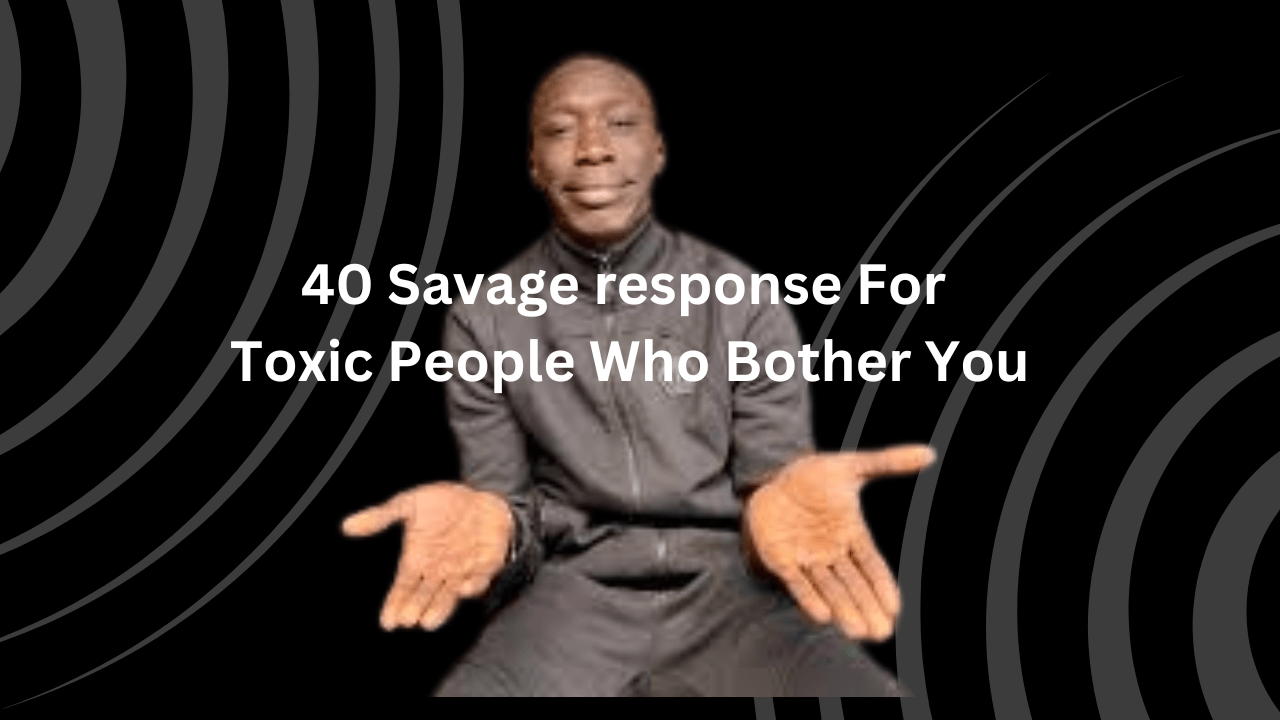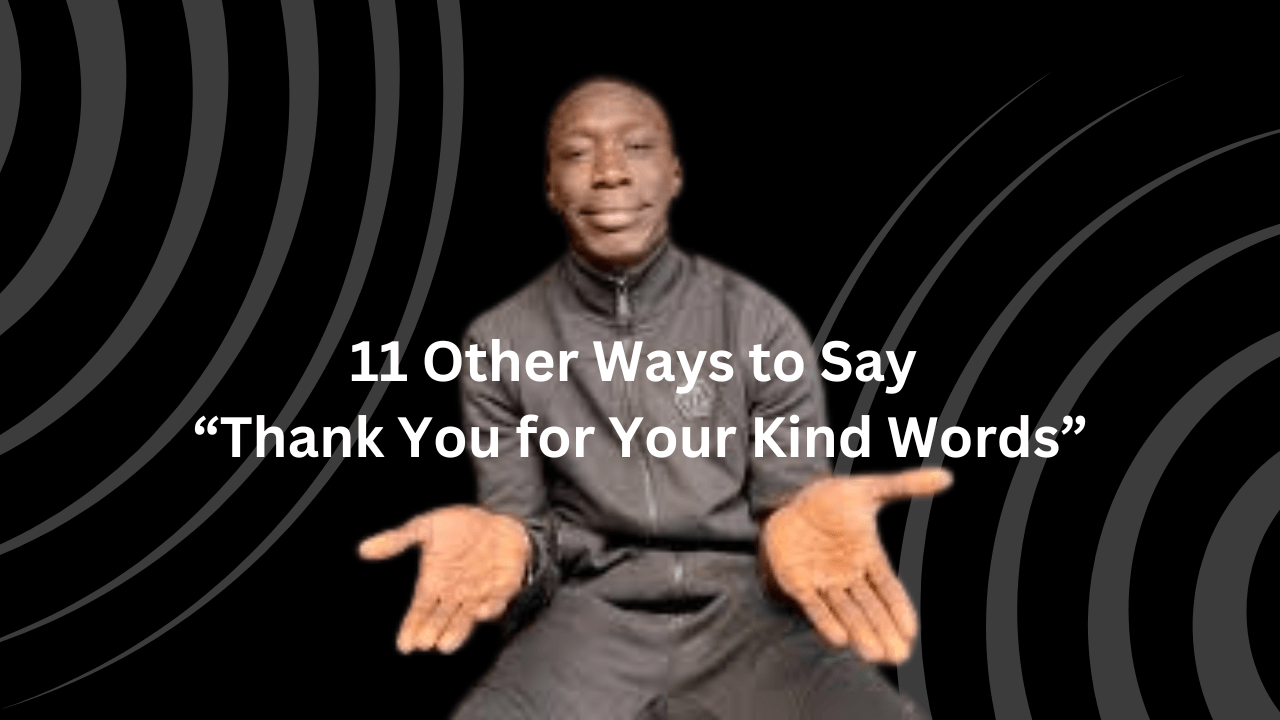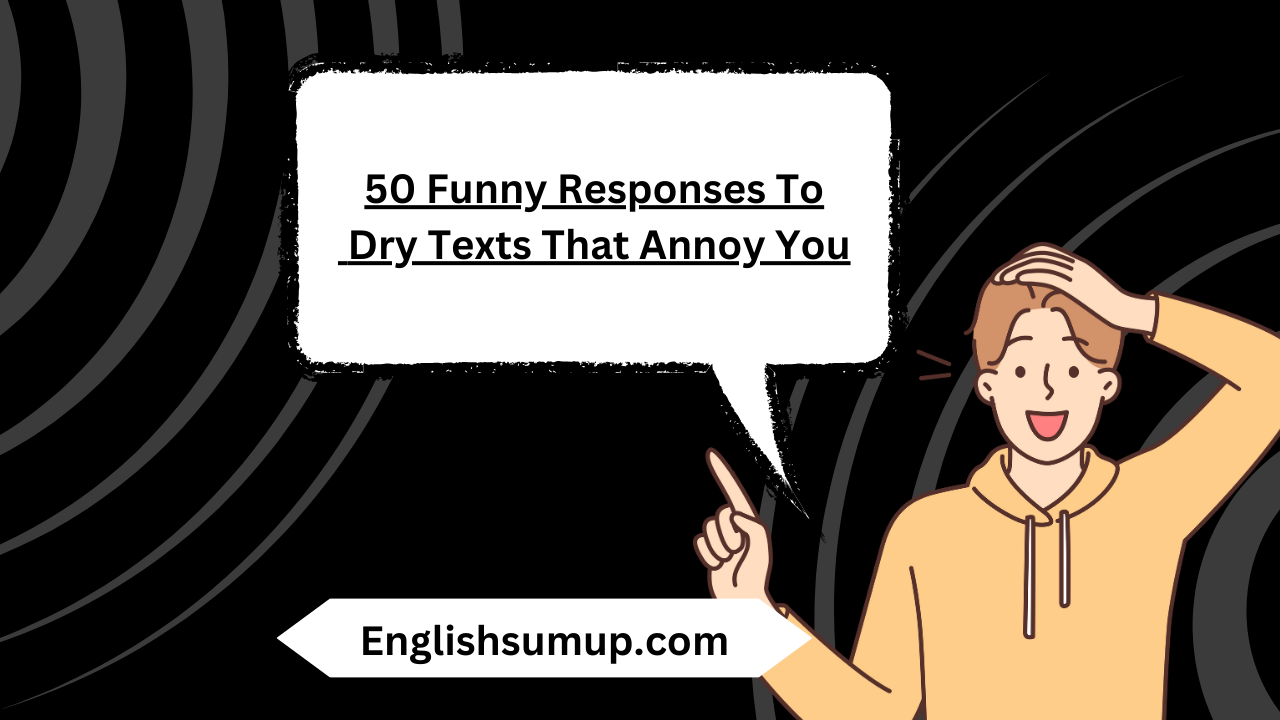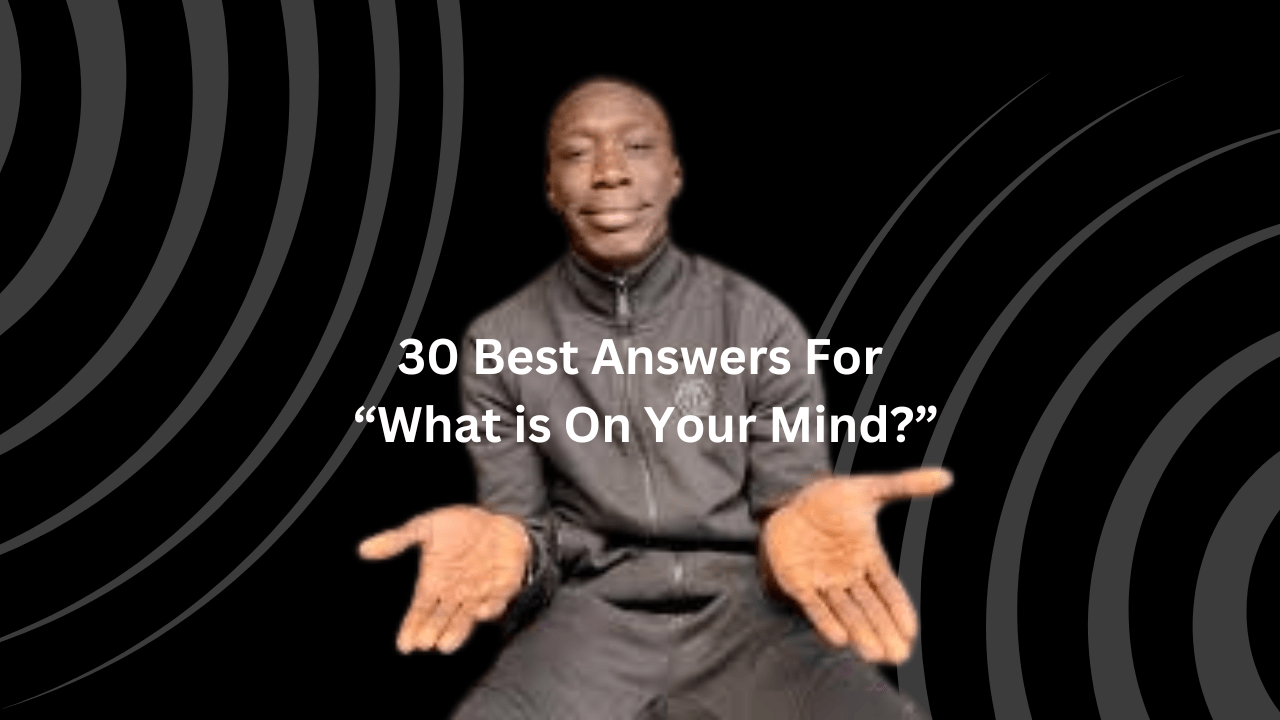Response for toxic people can be emotionally draining, and finding the right words to respond assertively is an invaluable skill. In this guide, we’ve curated 40 clever comebacks to help you navigate these challenging interactions with grace and wit. Each response is strategically crafted to establish boundaries and maintain your composure in the face of negativity.
Here are 40 savage response For Toxic People
“I’m not a mirror. I won’t reflect your toxicity.”
This comeback goes beyond a mere refusal to engage in toxicity; it articulates the speaker’s commitment to maintaining their own emotional well-being. By emphasizing a refusal to reflect negativity, the responder communicates a clear stance against being influenced by toxic behavior.
“If I wanted your opinion, I’d ask for it. Spoiler: I don’t.”
Setting boundaries is crucial when dealing with toxic individuals, and this response accomplishes just that. By playfully stating that the speaker has no interest in unsolicited opinions, it conveys a sense of autonomy and discourages the toxic person from imposing their negativity.
“Sorry, I don’t speak negativity.”
This comeback takes a direct approach in conveying a commitment to positivity. By apologizing for not engaging in negativity, the responder communicates a strong personal stance against toxic conversations, making it clear that they prioritize constructive and uplifting communication.
“I’m too busy for your drama class.”
Dismissing toxicity often involves minimizing engagement with drama. This response not only communicates a lack of interest in participating but also implies that the toxic person’s behavior is akin to a theatrical performance. The speaker establishes themselves as someone who prioritizes more meaningful and productive activities.
“Your toxic behavior is not my problem.”
Asserting personal boundaries is key to dealing with toxicity, and this comeback does exactly that. By explicitly stating that the toxic person’s behavior is not the speaker’s concern, it establishes a healthy level of detachment and reinforces the idea that each individual is responsible for their own actions.
“Oh, you’re still here, spreading sunshine, I see.”
Infused with sarcasm, this response addresses the toxic person’s negative presence directly. The use of humor serves to subtly highlight the absurdity of their behavior while maintaining a dismissive and light-hearted tone.
“I don’t have the time or crayons to explain this to you.”
Humor can be a powerful tool in deflecting toxicity, and this response cleverly combines wit with a metaphor. By stating a lack of time and crayons, the speaker not only dismisses the need for an explanation but also playfully suggests that the toxic person may struggle to comprehend the complexity of the situation.
“If ignorance is bliss, you must be the happiest person alive.”
This comeback employs irony and humor to make a pointed remark about the toxic person’s blissful ignorance. By suggesting that their happiness stems from a lack of awareness, the responder communicates a degree of self-awareness and subtly challenges the toxic individual’s behavior.
“I’m on a positivity diet. Your negativity is not on the menu.”
Metaphors can be effective in conveying boundaries, and this response does so by likening the speaker’s commitment to positivity to a “diet.” The use of the term “menu” reinforces the idea that the toxic person’s negativity is simply not an option for the speaker, setting a clear and assertive tone.
“I’d agree with you, but then we’d both be wrong.”
Humor is again employed to deflect negativity, and this comeback cleverly suggests that entertaining the toxic person’s perspective would result in a collective misunderstanding. It subtly communicates that the speaker is not willing to compromise their own understanding for the sake of agreeing with toxic viewpoints.
“Do you ever wonder why people don’t invite you places? It’s not a mystery.”
This comeback addresses the consequences of the toxic person’s behavior by subtly pointing out their social exclusion. It emphasizes the impact of their negativity on their relationships.
“I didn’t realize that my life was lacking your negativity. Thanks for the reminder.”
This response combines sarcasm with a touch of gratitude, highlighting the absurdity of the toxic person’s assumption that their negativity is a valuable addition to the speaker’s life.
“I’m not a garbage can for your trashy comments.”
This comeback employs a metaphor to convey that the speaker won’t tolerate being a receptacle for the toxic person’s derogatory remarks, setting a firm boundary against disrespectful behavior.
“I’m allergic to drama and your presence.”
Humor is used to communicate a strong aversion to drama, playfully suggesting that the toxic person’s presence is akin to an allergen that the speaker prefers to avoid.
“Your opinions are like cats – I ignore them and they go away.”
This playful analogy emphasizes the dismissive attitude of the speaker towards the toxic person’s opinions, suggesting that ignoring them is an effective way to make them disappear.
“Keep rolling your eyes. Maybe you’ll find a brain back there.”
This comeback combines humor with a subtle insult, playfully suggesting that the toxic person’s eye-rolling behavior is indicative of a lack of intelligence.
“I’m not saying I hate you, but I’d unplug your life support to charge my phone.”
This darkly humorous response playfully exaggerates the speaker’s lack of regard for the toxic person, using hyperbole to convey their indifference.
“I’m not arguing, I’m just explaining why I’m right.”
This comeback humorously navigates a situation where the toxic person may try to engage in an argument, asserting the speaker’s confidence in their own perspective.
“Keep talking; someday you might say something intelligent.”
This comeback subtly challenges the toxic person’s intellectual capacity, using sarcasm to highlight the perceived lack of substance in their communication.
“If you’re waiting for me to care, you better pack a lunch. It’s going to be a while.”
This response humorously communicates the speaker’s lack of interest in the toxic person’s concerns, playfully suggesting that the wait for empathy will be an extended one.
“Your vibe attracts your tribe, and I’m not feeling the toxicity.”
This comeback cleverly uses the popular saying to convey that the toxic person’s negative energy is not conducive to forming a positive connection with the speaker.
“I’m not here for your entertainment. Find another audience.”
Asserting independence, this comeback communicates that the speaker won’t tolerate being a source of amusement for the toxic person, prompting them to seek attention elsewhere.
“Excuse me, I think you dropped something: your standards.”
This comeback blends humor with a subtle insult, suggesting that the toxic person lacks discernment or self-respect, encouraging them to reevaluate their behavior.
“Your negativity doesn’t pay my bills. Bye.”
This response tactfully communicates that the speaker prioritizes their own well-being over engaging in negativity, adding a casual farewell to emphasize their disinterest.
“I’m not arguing, I’m just done talking to you.”
This comeback firmly communicates the speaker’s decision to disengage, avoiding unnecessary arguments and showcasing their commitment to maintaining peace.
“Do you always interrupt people when they’re ignoring you?”
Combining wit with a subtle observation, this comeback highlights the toxic person’s need for attention and suggests that their interruptions are ineffective.
“I’m too busy being awesome to entertain your negativity.”
This response uses positivity as a shield, indicating that the speaker is focused on their own achievements and won’t allow negativity to impede their progress.
“I’m not a mind reader. If you have an issue, speak up.”
Asserting clear communication expectations, this comeback encourages the toxic person to express their concerns directly rather than resorting to passive-aggressive behavior.
“I’m too old for your drama. Call me when you grow up.”
Employing age as a metaphor, this response humorously suggests that the toxic person’s behavior is immature, prompting them to reflect on their actions.
“Is your drama going to have an intermission? I need to refill my popcorn.”
This comeback uses humor to suggest that the toxic person’s drama is akin to a theatrical performance, with the speaker maintaining a detached and entertained stance.
“I’m not arguing, I’m just explaining why you’re wrong.”
This response humorously flips the script, asserting the speaker’s perspective while maintaining a lighthearted tone that doesn’t escalate into a heated argument.
“I’m not a trash can. Don’t dump your issues on me.”
Utilizing a metaphor, this comeback firmly communicates that the speaker won’t tolerate being a receptacle for the toxic person’s emotional baggage.
“You’re like a cloud. When you disappear, it’s a beautiful day.”
This metaphorical comeback playfully suggests that the toxic person’s absence contributes to a more positive and pleasant environment.
“I’m too busy for your negativity. Go bother someone else.”
This straightforward response conveys the speaker’s lack of time and interest in engaging with the toxic person, encouraging them to redirect their negativity elsewhere.
“If your drama were a currency, you’d be a billionaire by now.”
This comeback humorously suggests that the toxic person’s penchant for drama is so extensive that, if it were measurable, they’d have accumulated an immense wealth of it. It serves as a light-hearted way to highlight their excessive negativity.
“I’ve heard enough from you today. My plants need a pep talk; they’re more uplifting.”
This response combines humor with a subtle comparison, implying that even talking to plants is more uplifting than engaging with the toxic individual. It playfully underscores the draining nature of the toxic person’s conversations.
“Your negativity is like a boomerang; it always comes back, and I’m tired of catching it.”
Employing a metaphor, this comeback conveys the cyclical and exhausting nature of the toxic person’s negativity. It sets a clear boundary, expressing the speaker’s fatigue with continuously dealing with the same negative patterns.
“I don’t need a life coach, especially not one whose life is a cautionary tale.”
This response uses sarcasm to dismiss the toxic person’s attempts to provide guidance or criticism. It suggests that the toxic person’s own life is not a model worth emulating, adding a touch of humor to deflect their negativity.
“I’m not fluent in your language of complaints. Can you try expressing yourself without the negativity?”
By framing the toxic person’s behavior as a unique language, this comeback asks them to communicate without resorting to complaints. It subtly encourages more constructive dialogue while maintaining a diplomatic tone.
“I could agree with you, but then we’d both be wrong. Let’s spare ourselves that.”
This comeback uses humor to emphasize the potential folly of agreeing with the toxic person’s perspective. It playfully suggests that avoiding mutual misunderstanding is in both parties’ best interest, maintaining a light-hearted tone.









